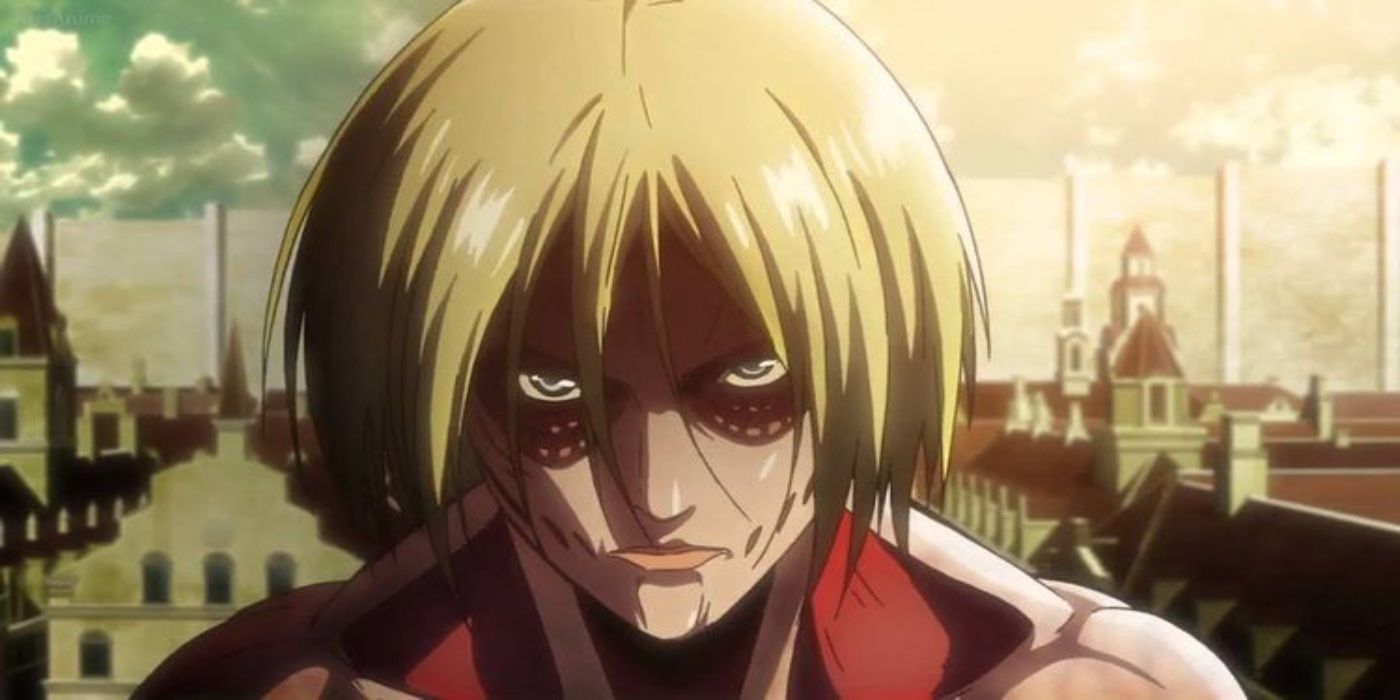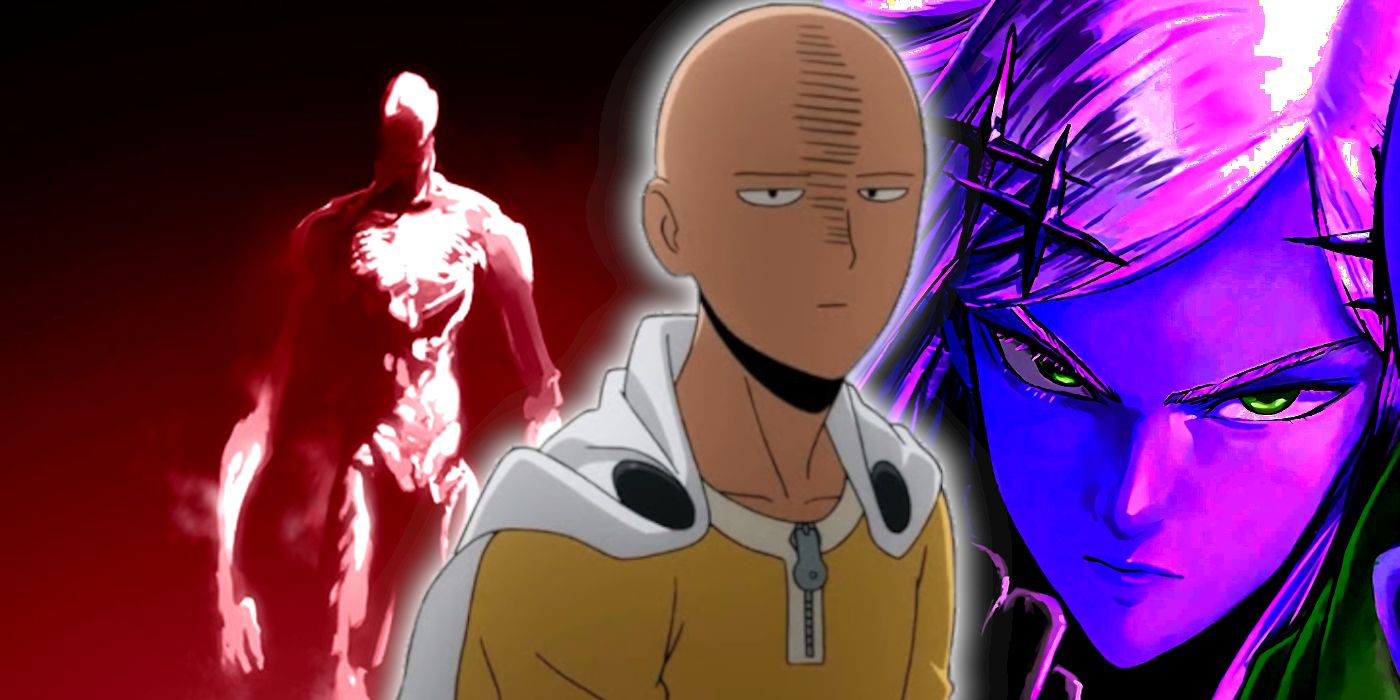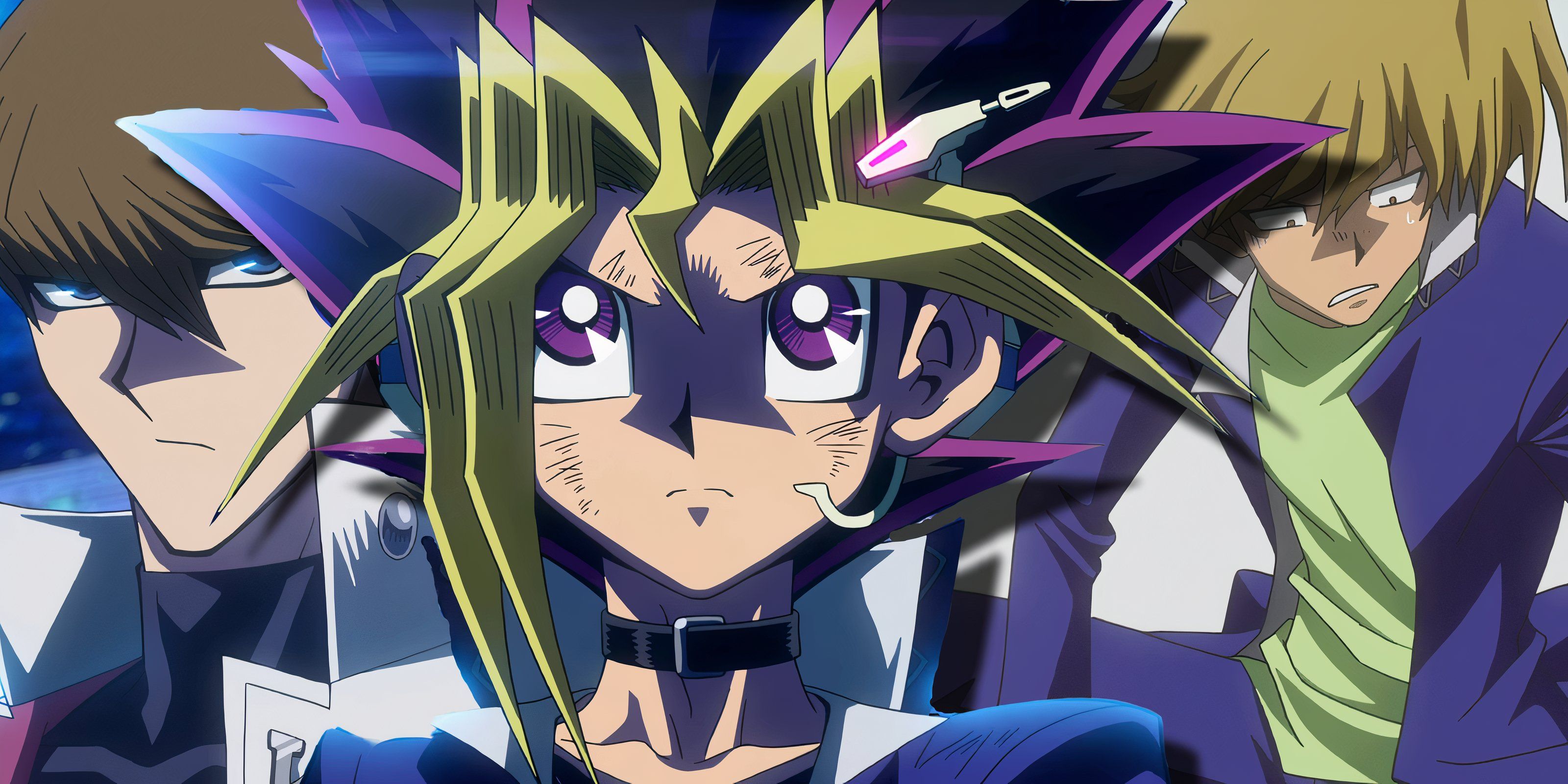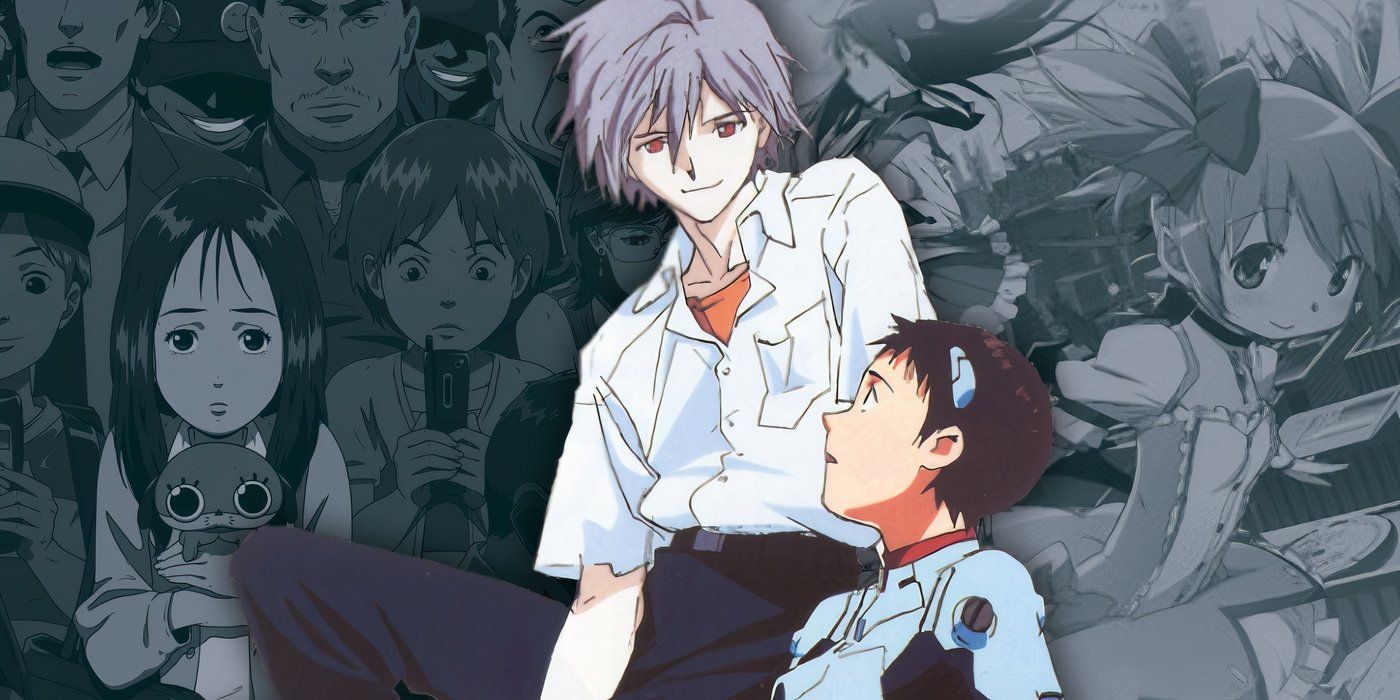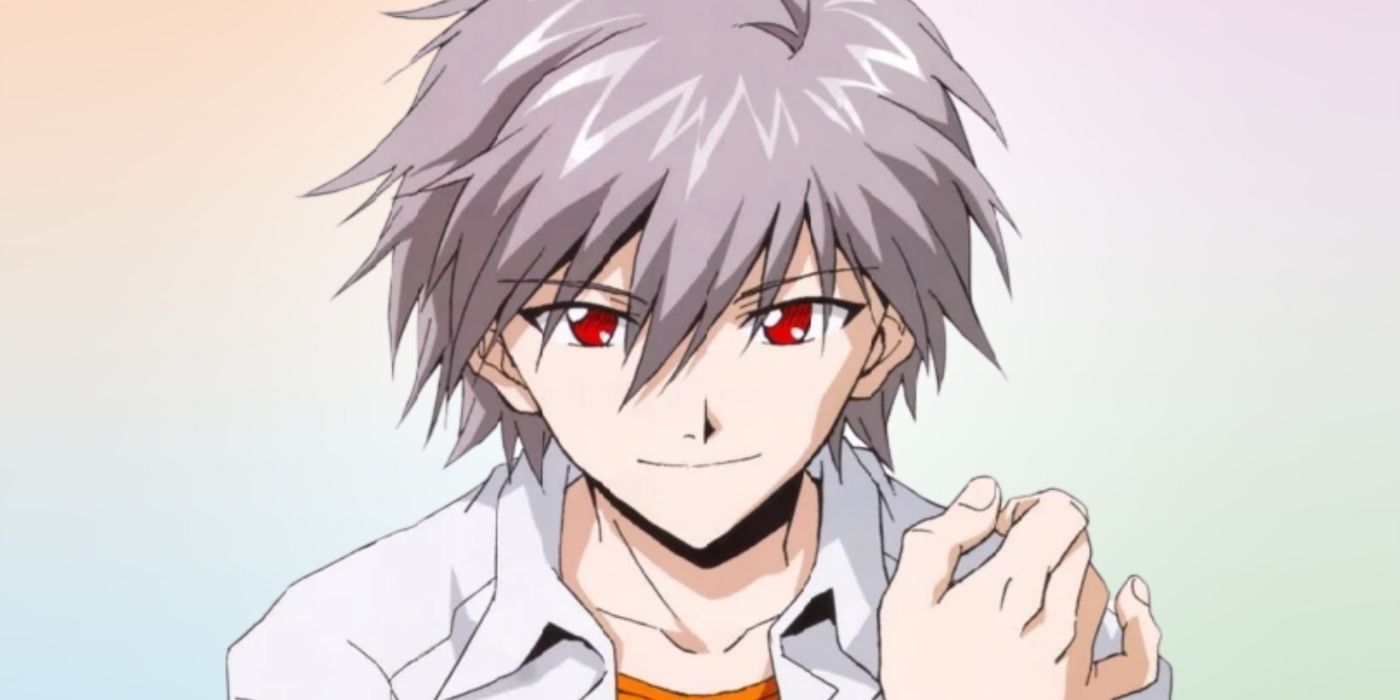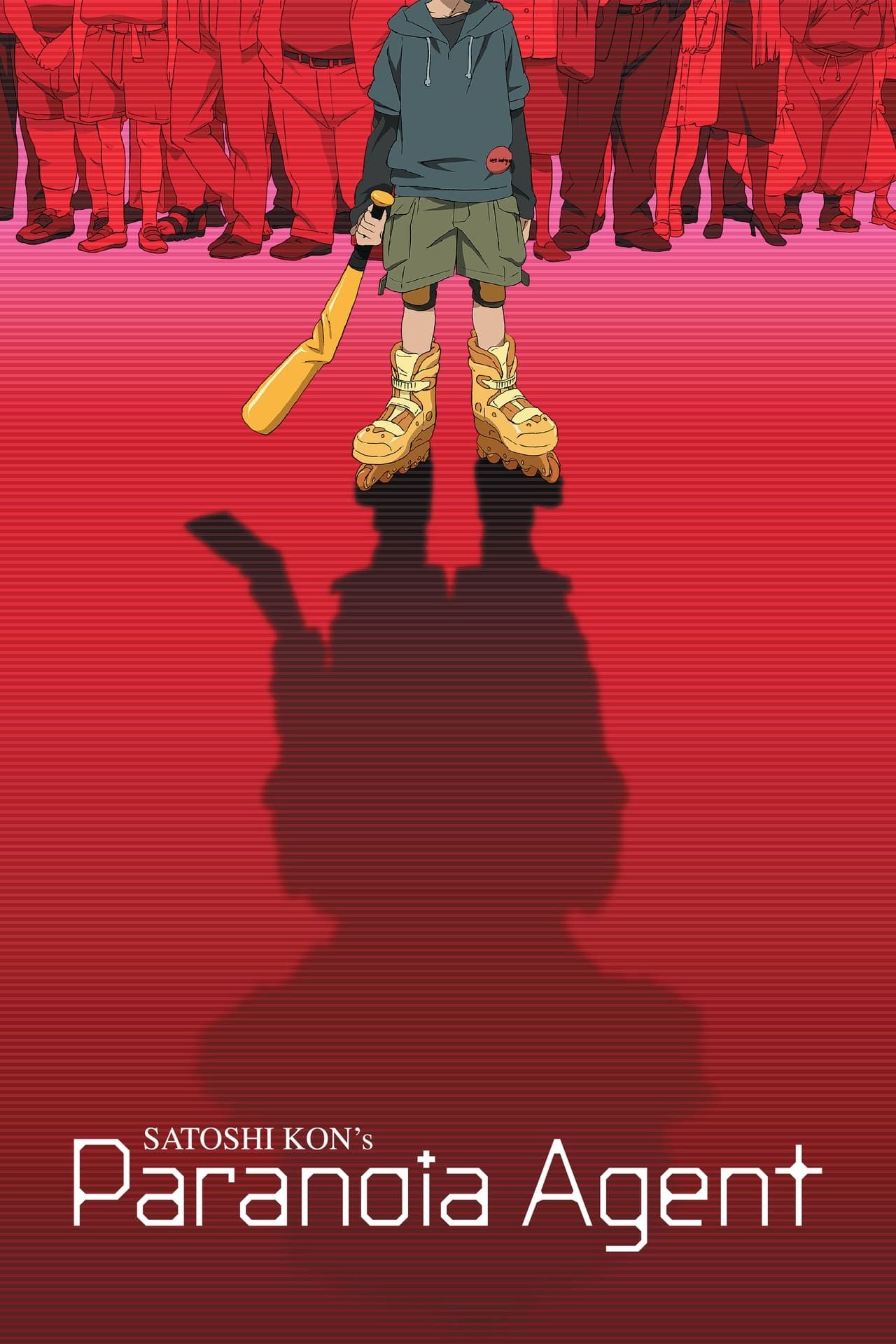Summary
- Anime endings that defy convention with surreal narratives and reality-bending visuals are sure to leave audiences in shock and awe.
- Gainax Endings, as seen in Neon Genesis Evangelion and other series, challenge the norm and remain widely discussed and debated over the years.
- Mind-blowing twists, like those in Paranoia Agent and Puella Magi Madoka Magica, alter realities and characters in ways that audiences can't predict.
As a rule, most anime endings tie every loose end in a neat bow. However, there are a number of series whose endings break all the rules, resulting in trippy finales that have fans questioning reality, and contemplating how reliable the anime's narrator is. Often, they’ll be accompanied by fast-paced, thrilling action and visuals that play with the very threads of reality that the series takes place in.
These finales are not only a tipping point for the characters caught in the middle of them. If their message has gotten through strongly enough, fans may start feeling as unmoored as their heroes.
Endings like these are so mind-blowing for their audiences that they remain well-known and widely discussed years, or even decades, after first airing.
10 Neon Genesis Evangelion Is Peak Gainax
Original series created by Hideaki Anno
Studio Gainax has become infamous for these types of endings, to the point where they’re colloquially known as “Gainax Endings”. Arguably, the most well-known of these remains Neon Genesis Evangelion and both its notoriously bonkers conclusions. Though it’s clear from the first episode that this is as much your normal mecha anime as the EVA Units are normal mecha, in 1995, audiences could never have predicted how far the show would spiral by the end.
The original final two episodes see Instrumentality reducing humanity into one ethereal entity with no emotions or individual identity, sending Shinji on a bizarre journey through his own psyche as he chooses between embracing life or dooming humanity. But The End of Evangelion, hailed as one of the best anime movies, takes it up to eleven and brings everything full circle. The horrors of Instrumentality and the fall of NERV in the real world are shown in bloody detail, and Shinji’s final reckoning is even more unhinged.
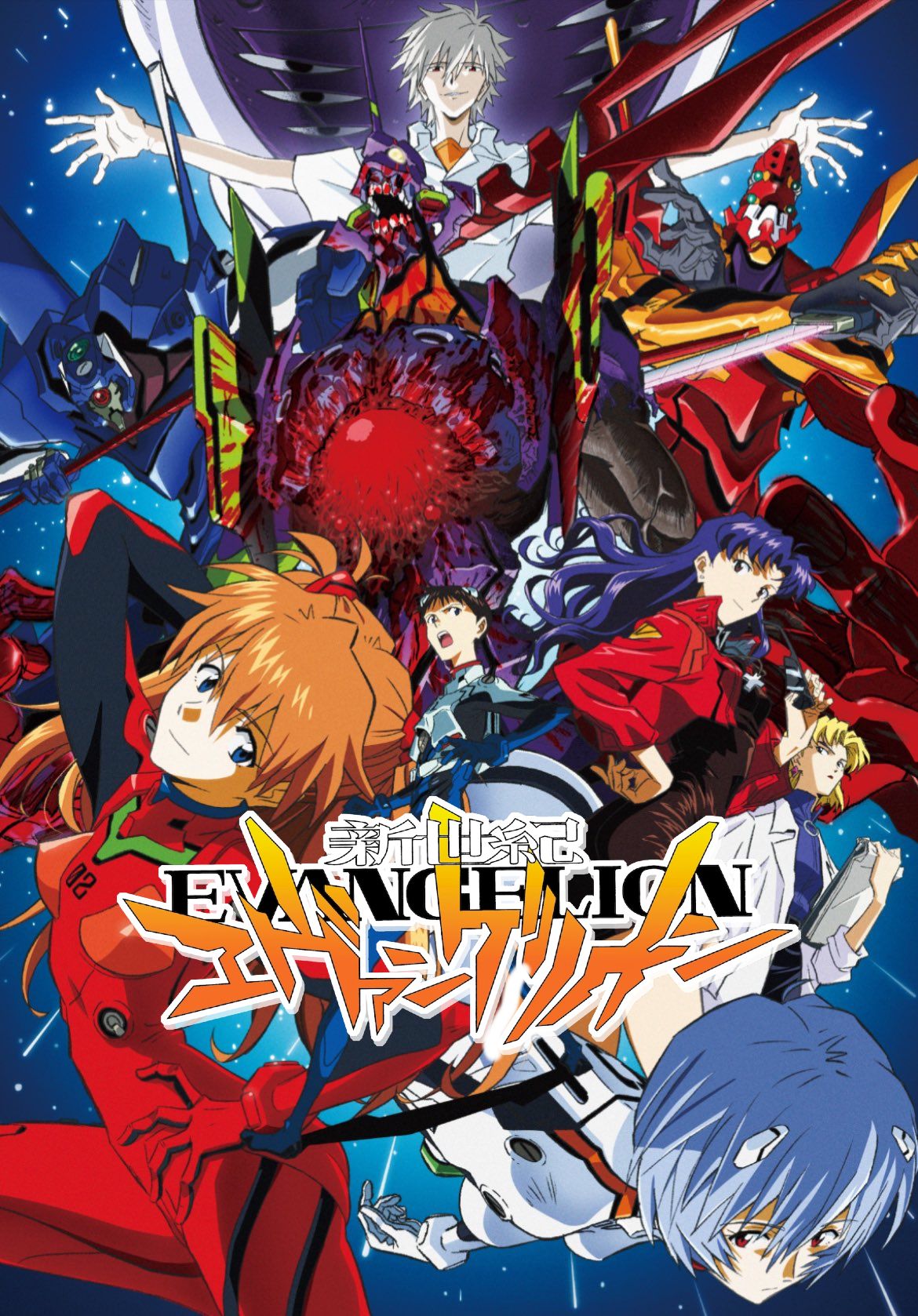
Neon Genesis Evangelion
- Created by
- Hideaki Anno
- First Film
- Neon Genesis Evangelion: Death & Rebirth
- TV Show(s)
- Neon Genesis Evangelion
- Character(s)
- Shinji Ikari , Rei Ayanami , Asuka Langley Soryu , Toji Suzuhara , Kaworu Nagisa , Mari Illustrious Makinami , Gendo Ikari , Misato Katsuragi
- Video Game(s)
- Neon Genesis Evangelion
9 Serial Experiments Lain Explores How Technology Warps Identity
Original series written by Chiaki J. Konaka
Serial Experiments Lain holds up as one of the best Lovecraftian anime with horrors beyond comprehension. Its exploration of the relationship between technology and the "self", as well as the disconnect between people because of it, often reaches reality-bending levels. Nowhere is this more apparent than in the show’s final episode, aptly titled “Ego.”
The show begins with one of Lain’s classmates taking her own life and posthumously claiming to have ascended to another state of existence: the Wired. Its finale sees Lain take this idea to its logical extreme, taking control of reality itself and everyone in the physical world’s perception of it. She deletes herself from existence, and ascends further than anyone ever has into the Wired, becoming a virtual being of untold power.
8 Mekakucity Actors Ties Its Heroes’ Fates Together
Based on the Kagerou Project music videos by Jin
At first, Mekakucity Actors seems fairly conventional. Local hikikomori Shintaro Kisaragi is forced to venture from his home in search of a new keyboard, only to get caught up in a terrorist attack at the electronics store. He’s saved by a group of superpowered kids who call themselves the Mekakushi Dan, and drawn permanently into their world.
The further the show explores each hero’s backstory and the origins of their powers, the more surreal things get. Shintaro’s dreams of danger prove prophetic, and he awakens to his own ability just in time to help save the Mekakushi Dan from the otherworldly forces keeping them trapped in a cycle of terror. In the end, he and his friends are able to restore their unraveling world to reality, but only after facing down incomprehensible powers.
7 The Big O Goes Off The Rails In Its Finale
Based on the manga by Hitoshi Ariga
The Big O has an ending that comes straight out of nowhere in its second season. Paradigm City is a post-apocalyptic place recovering from a mass amnesia event and hiding long-buried secrets, and it’s where Detective Roger Smith and his robot partner R. Dorothy Wayneright solve crimes for a living. Their ace in the hole is the titular Big O: a massive battle mecha they bust out to defend their home from disaster.
With the chances of a third season nil, Chiaki Konaka, the writer behind Serial Experiments Lain, felt free to go a little wild with the season finale. Roger and Dorothy are losing badly in their final battle with the Rosewaters and Big Fau, and begin to see visions of parallel realities. Angel is revealed to be some sort of non-human with fake memories, a revelation that makes her snap and transform not just her form, but the entire world, resetting time and space back to the first episode.
6 Paranoia Agent Is Exactly As Unnerving As Expected
Original anime written by Seishi Minakami
From Paprika to Perfect Blue, Satoshi Kon’s best films feature an element of psychological horror, and his major foray into television, Paranoia Agent, is no exception. Mushashino, Tokyo is suddenly struck by random street assaults by Shonen Bat, a boy with a golden bat whose face nobody can seem to remember. It’s up to a pair of detectives to crack the case, but unbeknownst to them, they’re in way over their heads.
As its title suggests, Paranoia Agent centers around the fear, repression, and crises of identity plaguing all of its characters. Though it’s suggested that Shonen Bat is a particularly slippery juvenile delinquent, or a supernatural force called by desperation, the real answer is even more shocking. With the lines between imagination and reality disappearing completely, and both Shonen Bat and Maromi wreaking monstrous destruction on Tokyo, it’s revealed that all the show’s fantastic terrors spring from the mind of a certain alleged victim.


